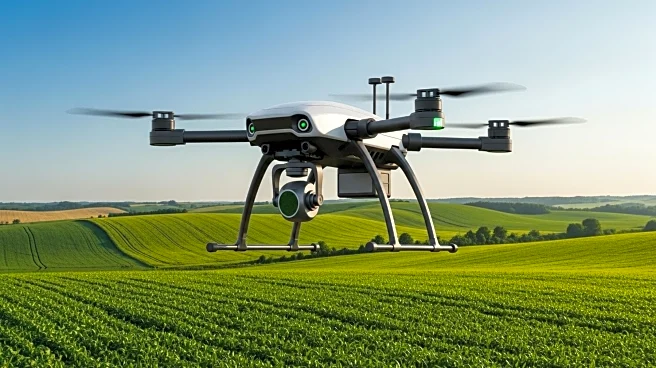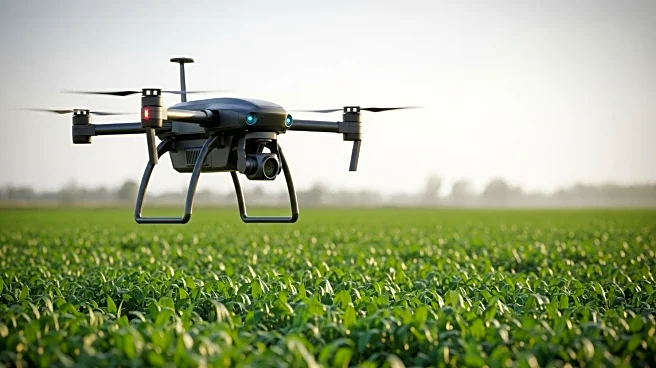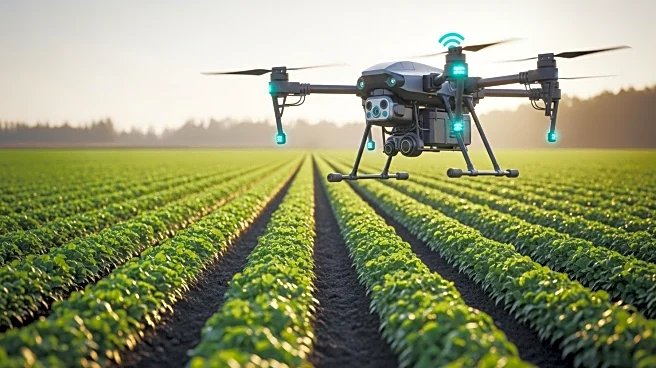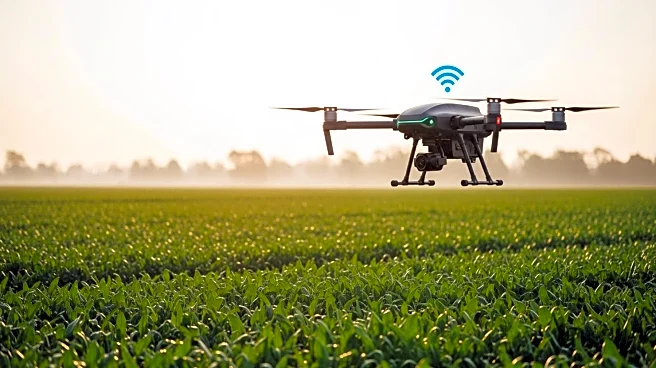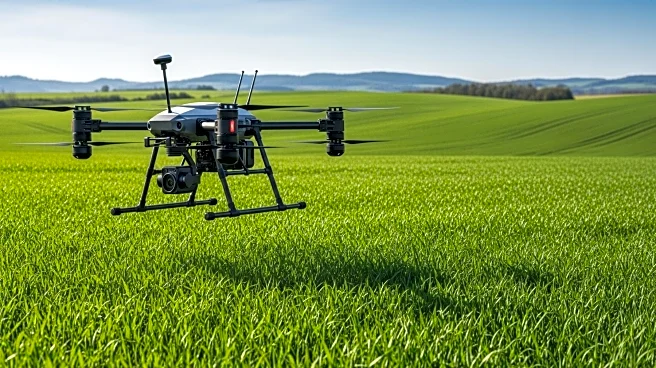What's Happening?
AGCO Corporation is experiencing significant growth in the agricultural machinery telematics market, which is projected to reach $7.6 billion by 2033. This growth is driven by the increasing demand for precision agriculture and data-driven farm management.
Telematics technology, which combines GPS, IoT sensors, and data analytics, is enabling farmers to optimize equipment usage, reduce costs, and enhance crop yields. The market expansion is supported by government initiatives promoting smart farming practices and the need to address labor shortages in agriculture.
Why It's Important?
The growth of the agricultural machinery telematics market is crucial for the U.S. agricultural sector, as it enhances operational efficiency and supports sustainable farming practices. By adopting telematics, farmers can improve resource management, reduce environmental impact, and increase productivity. This technological advancement is expected to benefit both large agribusinesses and small farms, fostering innovation and competitiveness in the industry. The integration of telematics with autonomous machinery and AI-driven analytics presents opportunities for further advancements in smart farming.
What's Next?
The future of the agricultural machinery telematics market looks promising, with continuous innovations in AI, IoT, and autonomous farming technologies. As global demand for food rises, farmers will increasingly adopt telematics to optimize resource use and enhance productivity. The integration with next-generation analytics, cloud platforms, and drone-assisted monitoring is expected to create smarter, fully connected farming ecosystems, positioning telematics as a cornerstone of modern agriculture.
Beyond the Headlines
The adoption of telematics in agriculture raises ethical and legal considerations, particularly regarding data privacy and security. As farmers rely more on data-driven insights, ensuring the protection of sensitive information becomes paramount. Additionally, the shift towards autonomous farming may impact labor dynamics, necessitating policies that address workforce transitions and training.


